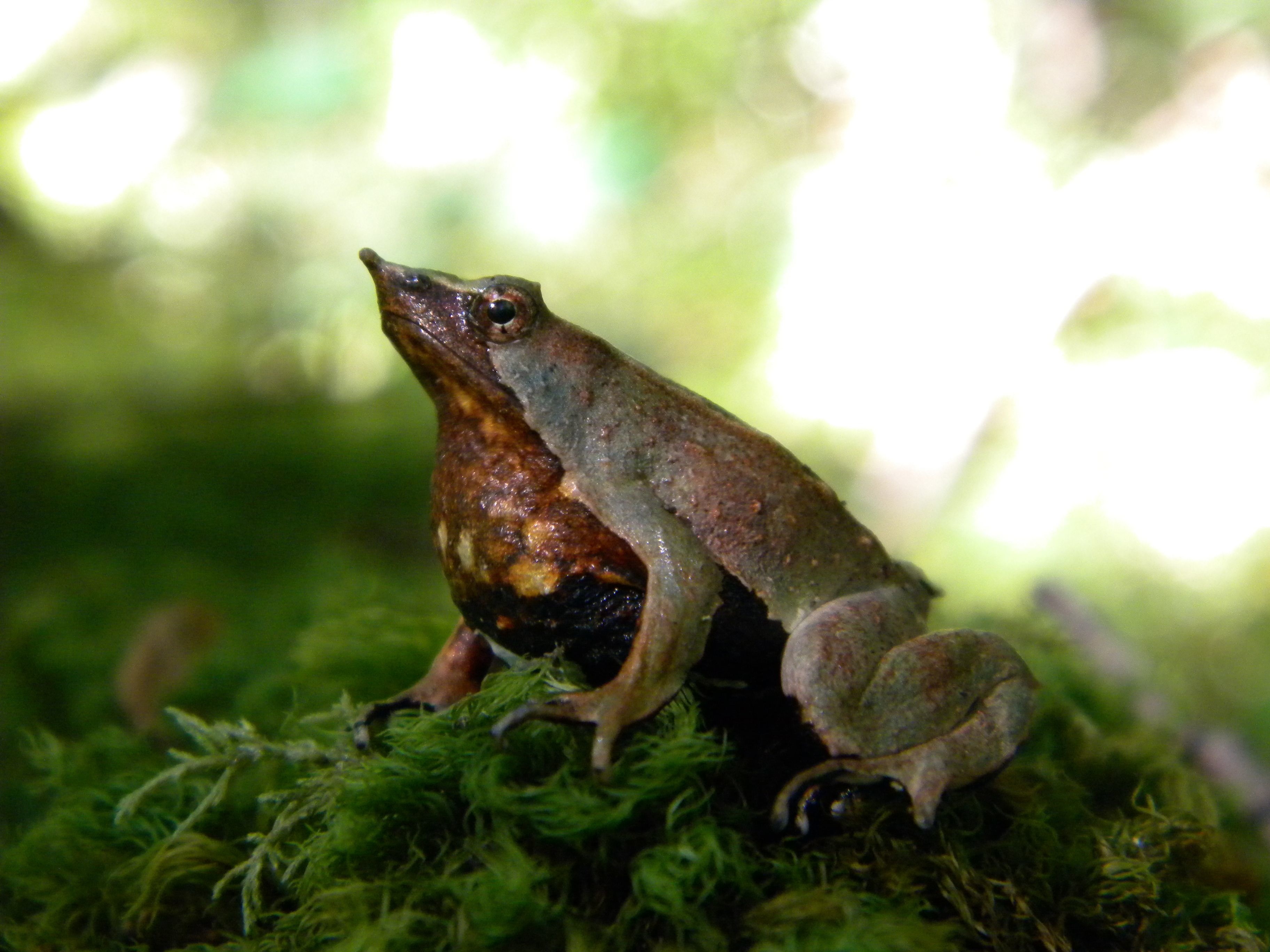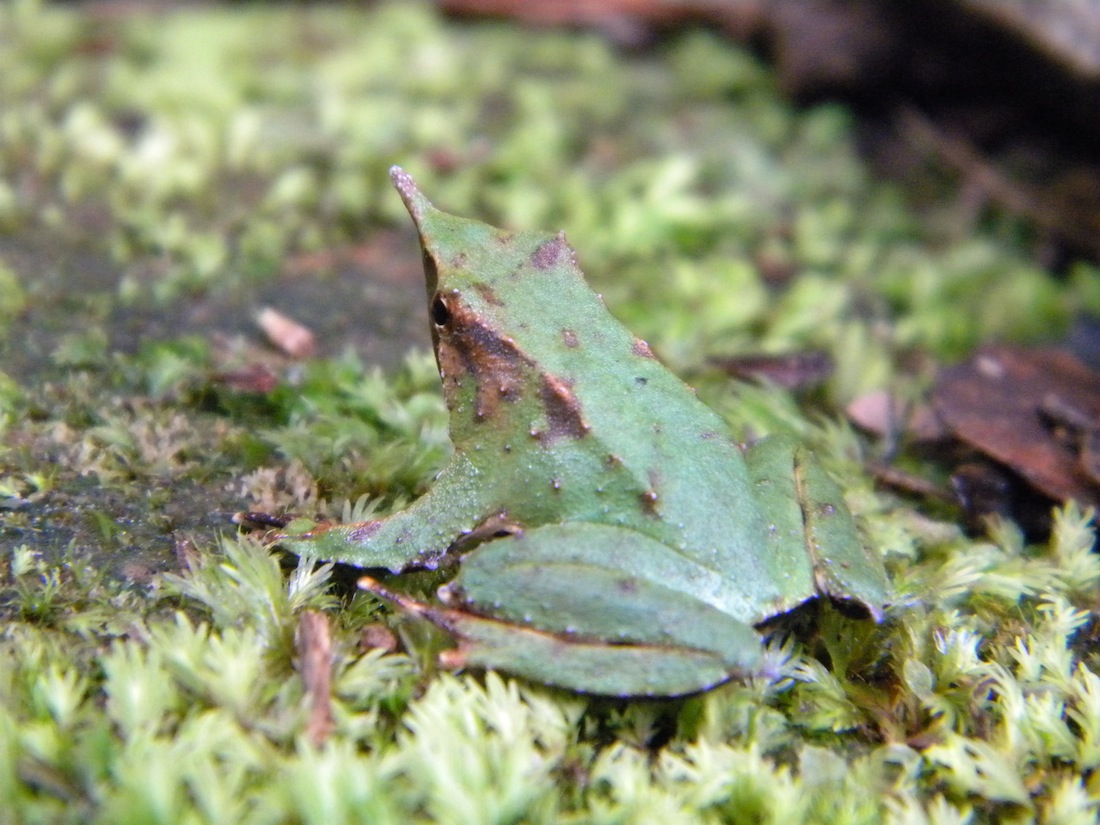Darwin's Frogs Croaking Thanks to Deadly Fungus

Male Darwin's frogs raise young in their mouths, protecting them from predators until they have matured for weeks, when the fathers regurgitate them into the world. But nothing can protect them from a deadly fungus, which has helped push one of the two species of these frogs to probable extinction, and driven a decline in the second variety, new research shows.
The fungus, known as Batrachochytrium dendrobatidis, or chytrid fungus, has spread throughout the world and devastated many amphibian populations. But this is one of the first instances in which the fungus has been directly implicated in the disappearance of such a widely known species, researchers said.
Researchers looked at museum specimens of both species and found that the fungus started showing up in these and other frogs in the 1970s, about when populations of both began to decline, according to a study published today (Nov. 20) in the journal PLOS ONE. [40 Freaky Frog Photos]
One of the species, the northern Darwin's frog (Rhinoderma rufum), hasn't been seen since 1980 and is likely extinct. The fungus is "probably the main reason" for the frog's disappearance, said Marcus Rowcliffe, a researcher at the Zoological Society of London who wasn't involved in the present study.

The southern Darwin's frog (Rhinoderma darwinii) is still around, but has declined faster than previously thought in recent years, said Claudio Soto-Azat, a study co-author and researcher at Andrés Bello University in Santiago, Chile, who did research for the study while a student at the Zoological Society of London.
The researchers found that a small percentage of southern Darwin's frogs were infected with the fungus, although at lower rates than other species. This could mean that the fungus more easily kills them, compared to other frogs, the study noted (whereas other species can live longer with the disease, and thus more of them are found alive suffering from the infection). They also found that populations of Darwin's frogs were lower in areas with higher rates of fungal infection. In one instance in 2007, 30 wild-caught southern Darwin's frogs were sent to be captive-bred in Germany, but all 30 died from the fungus.
The fungus may have been spread to Chile by African clawed frogs, brought to the region in part to be used for pregnancy tests, in the mid-20th century. These frogs laid eggs when injected with pregnant women's urine.
Sign up for the Live Science daily newsletter now
Get the world’s most fascinating discoveries delivered straight to your inbox.
Darwin's frogs are the only known species of frogs where males can get "pregnant" and hold the young within a compartment of their mouth as the tadpoles mature. They are named for Charles Darwin, who happened upon one of the two species in 1834.
Another PLOS ONE study published in June by Soto-Azat and colleagues estimated that the northern Darwin's frog bit the dust in 1982.
The International Union for Conservation of Nature, an environmental group, called chytrid fungus "the worst infectious disease ever recorded among vertebrates [animals with backbones] in terms of the number of species impacted and its propensity to drive them to extinction."
Habitat loss is also a major reason for the decline of both species, Soto-Azat said.
Email Douglas Main or follow him on Twitter or Google+. Follow us @livescience, Facebook or Google+. Article originally on LiveScience.










